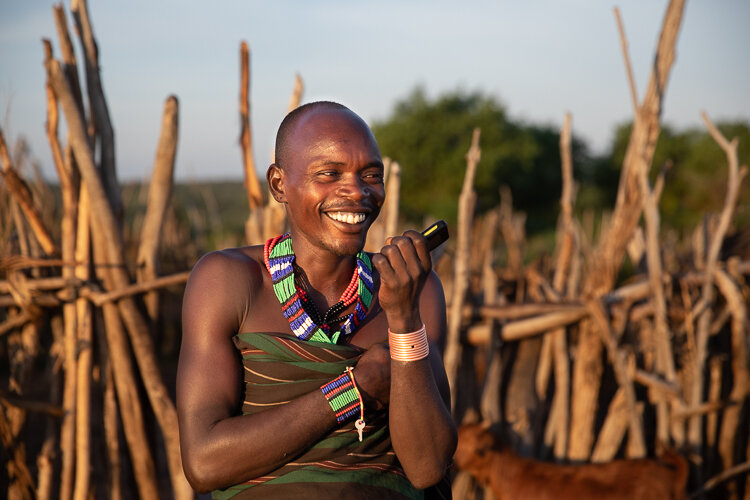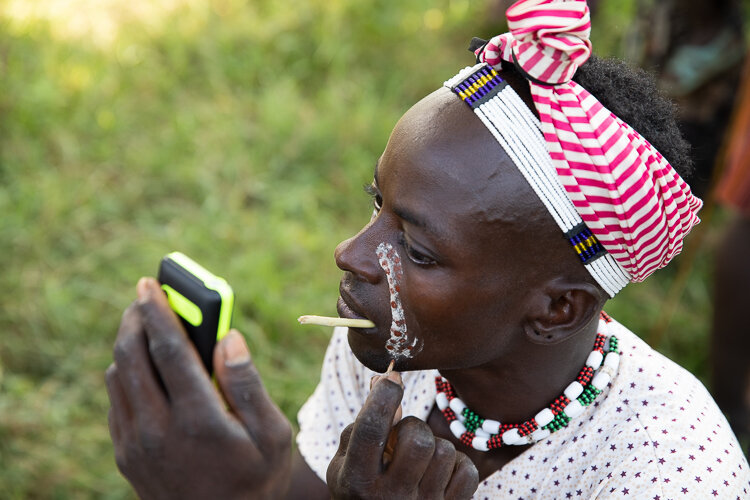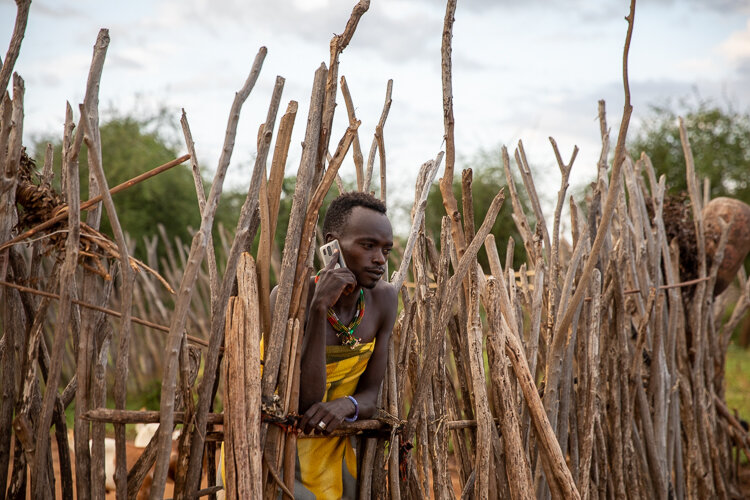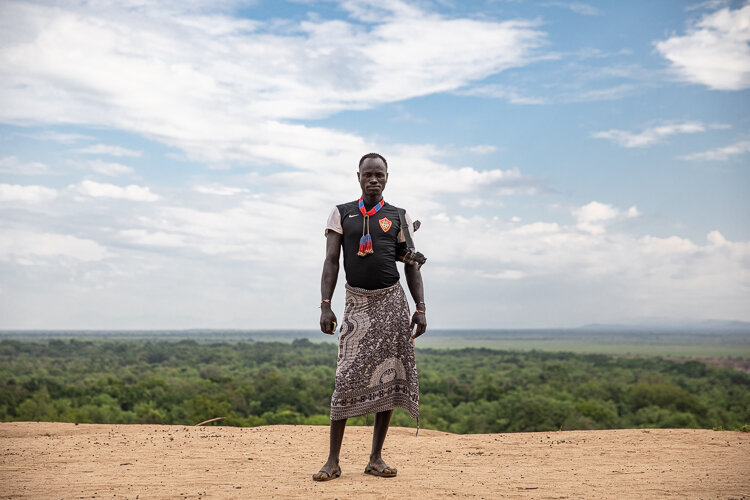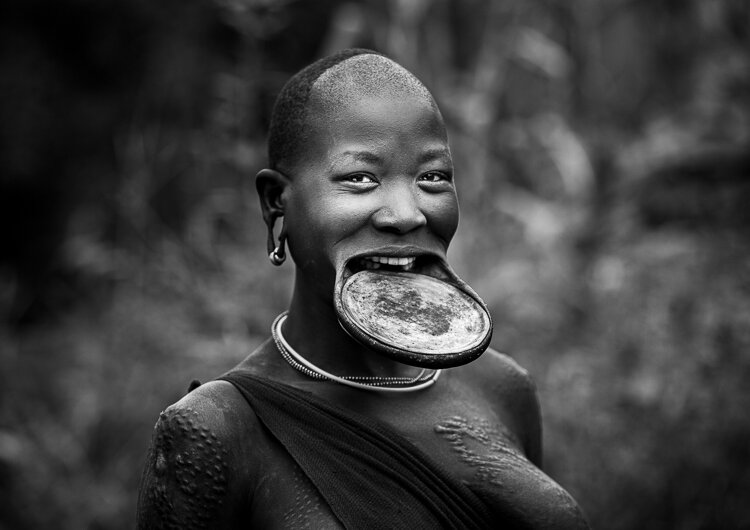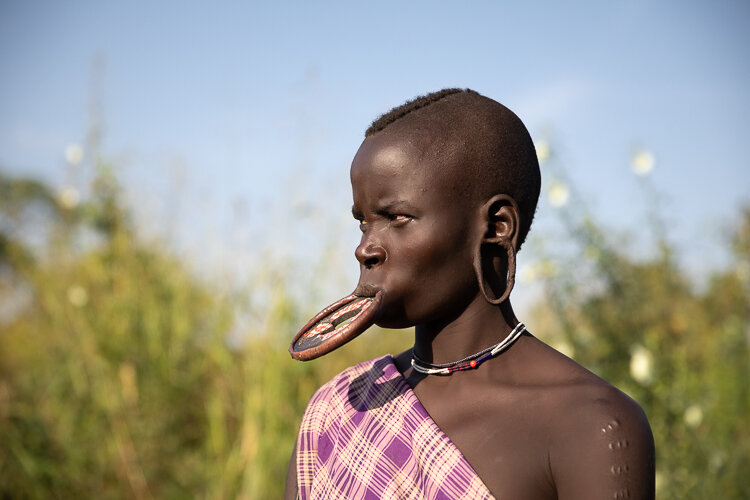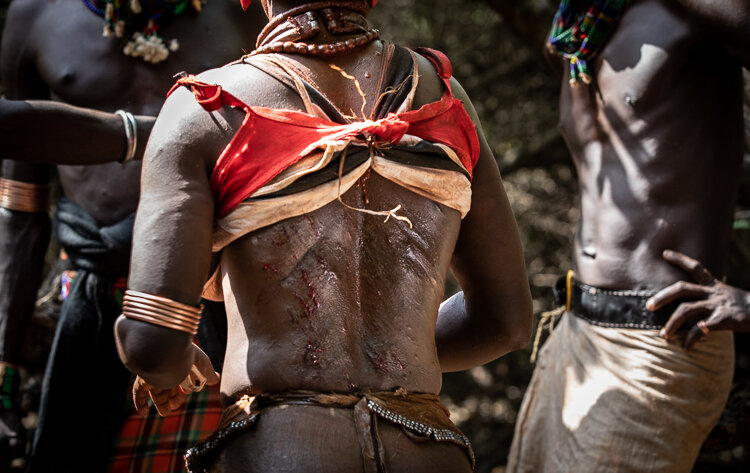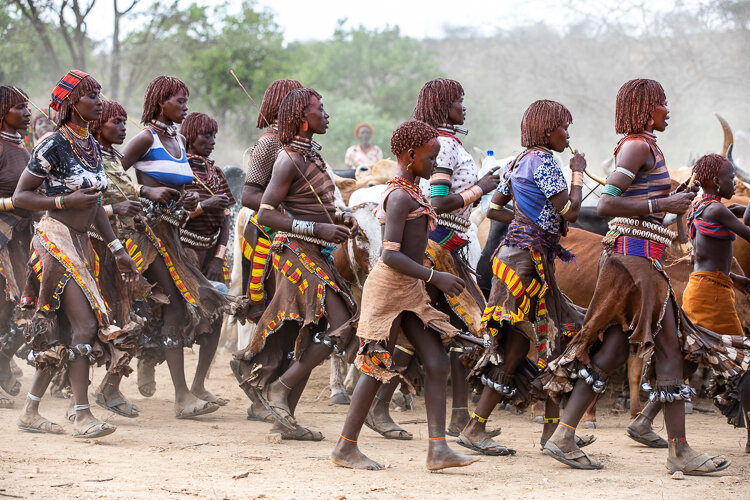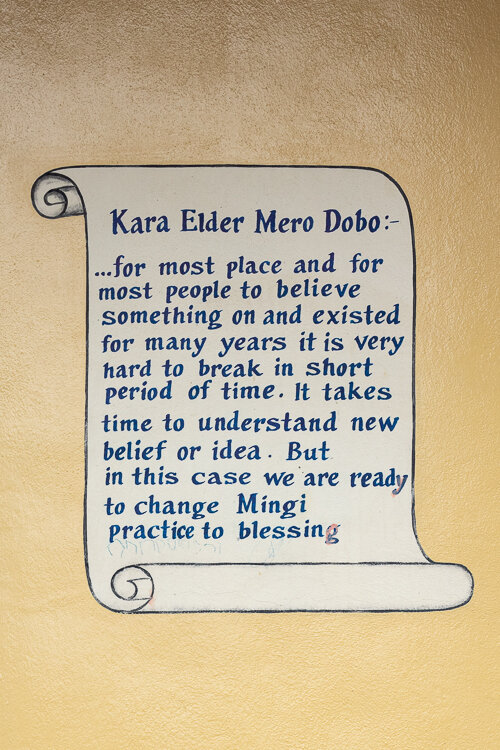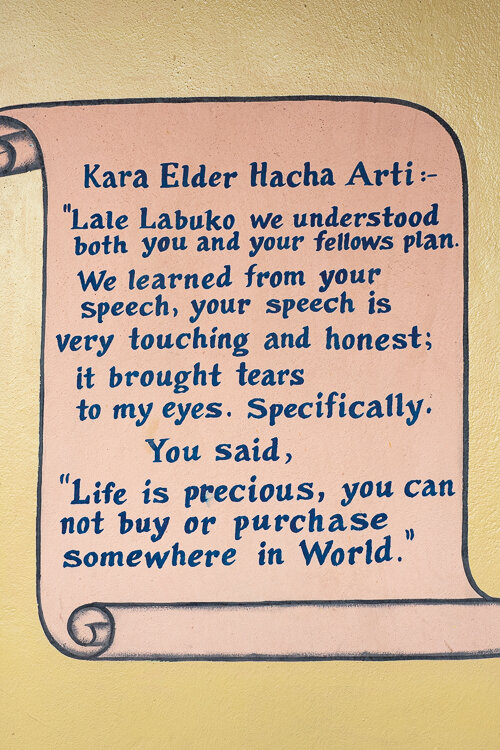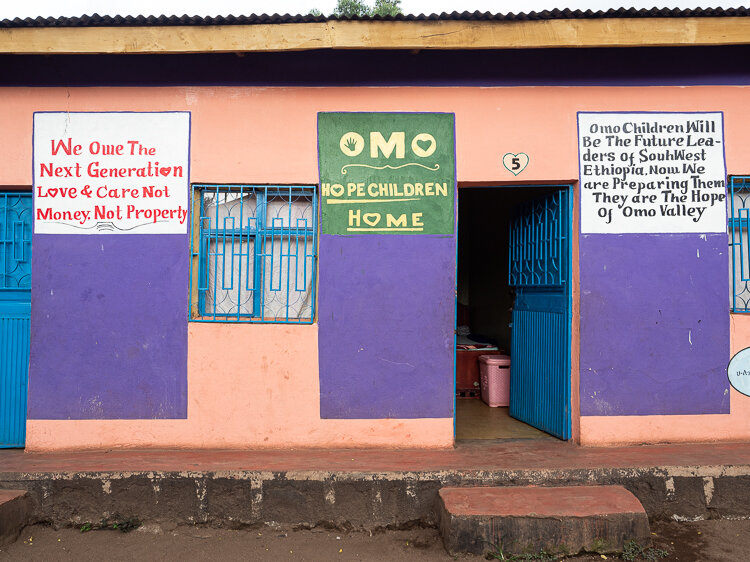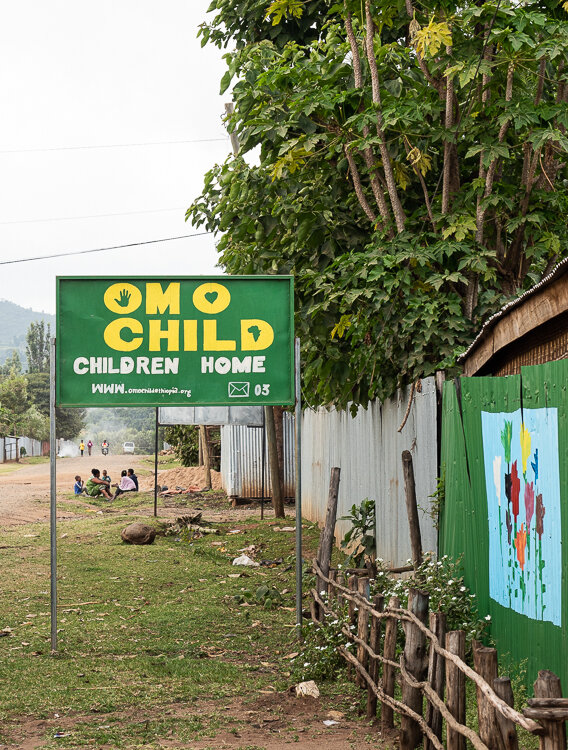changing times for the Omo Valley tribes
When visiting the Omo Valley tribes in Ethiopia you can definitely see the impacts of modern times. Whilst the majority of their traditions and values remain unchanged after hundreds of years, there definitely is visible (and not so visible) change. Mobile phones are widely used and many are on Facebook - that is the most obvious change when you visit these tribes in Southern Ethiopia. On an Omo Valley tour you will see many people who live in the Omo Valley with mobiles.
It’s fascinating seeing the majority of their lives and traditions relatively untouched after hundreds of years, with just a little mix of the modern world. Even Nukono (last photo) from the Kara (Karo) tribe has his gun, traditional accessories, nike top and is holding his mobile phone.
outside pressure to change some of their ancient practices
Three examples of traditions that the government and/or outside groups have made (or tried to make) changes to;
The lip plates of the Surma tribe can often cause infection and in extreme and rare cases death. There has been pressure on the Mursi tribe to stop this practise. Many of the younger generation of girls are choosing not to continue with the lip plate tradition, however the ear plugs and body scarring are still highly regarded as a sign of beauty, their style and individuality.
The government have agreed that women being whipped in a bull jumping can continue, however they must wear ti-shirts to protect their backs. This is why many of the women wear T-shirts during this coming of age ceremony, however they tie them up at the back so their backs are still bare. They want the scars and the scars from the whipping at a Bull Jumping ceremony is a source of great pride.
FGM or Female Genital Mutilation is another tradition still practised by some tribes and there are groups advocating for change.
is mingi still practised in the Omo Valley tribal villages?
As some of the younger generation in the Omo Valley tribes return to their villages after receiving an education they have created change. The most significant ancient ritual which is no longer practised by the Kara (Kara) Tribe is Mingi. Lale Labuko was the first educated male that returned to his village and tried to educate the elders and his tribe about the need to stop the ancient ritual of murdering children who are deemed cursed.
Lale and his wife saved more than 50 of the last Mingi Kara children who otherwise would have been killed and they are now safe and being looked after at Omo Child. You can hear some of their stories if you visit Omo Child in Jinka. While the Kara Tribe have stopped this ancient ritual (the Kara village of Dus stopped practising Mingi in July 2012) there are other Omo Valley tribes that still believe in the Mingi curse being the Hamer and Benna tribes. Change is happening and it’s hopeful that more tribes and tribal villages will stop the Mingi tradition with education and continued pressure on their tribal elders.
One of the amazing rescue stories of baby Tensie that was saved from death (just!) due to Mingi Curse and is now a teenager at Omo Child.
what is the mingi curse?
A child can be declared Mingi for the following reasons:
Sex before marriage is encouraged, however babies born out of wedlock may be declared Mingi by elders.
Babies born from a married couple may be declared Mingi if elders have not blessed their marriage or approved their pregnancy
Children that get their top teeth before their bottom teeth or that chip one of their baby teeth can be declared Mingi
When twins are born at least one of them (if not both) are declared Mingi
The elders and tribal village believe that Mingi children are cursed and they will bring bad luck, famine, disease, drought and death to the village if they live. Lake Labuko first witnessed the act of Mingi when he was fifteen years old in his Kara village of Dus. He later found out that two of his older sisters were declared Mingi and killed by tribal elders. The babies are either left in the bush to die, drowned in the Omo River or killed in other ways which I will not mention.
These two quotes were from Kara elders who listened to Lale and helped to stop the Mingi Curse in their Kara (Karo) village in the Omo Valley. These reminders were painted on the walls of the old Omo Child building.
rescued Mingi children at omo child in Jinka
Omo Child in Jinka is the home of more than 50 rescued Mingi babies and children from the Kara tribes. Thankfully the Kara have now stopped this practise so these are the last surviving Kara children that were declared Mingi. Omo Child is now in a new location where these children have more space to grow up, get an education and be safe.
highly recommended award winning movie on Omo child and the mingi curse
There is a brilliant documentary following the story of Omo Child and declaring the end of the Mingi Curse at the Kara tribe of Dus. I highly recommend it as it shows the difficulties and challenges in changing ancient beliefs “Omo Child: The River and The Bush” by Director John Rowe. A multi-award winning movie that gives an insight and understanding of the Mingi curse.
CLICK HERE - TO READ MORE ABOUT THE KARA (KARO) TRIBE ON MY OMO VALLEY PHOTOGRAPHY TOUR

